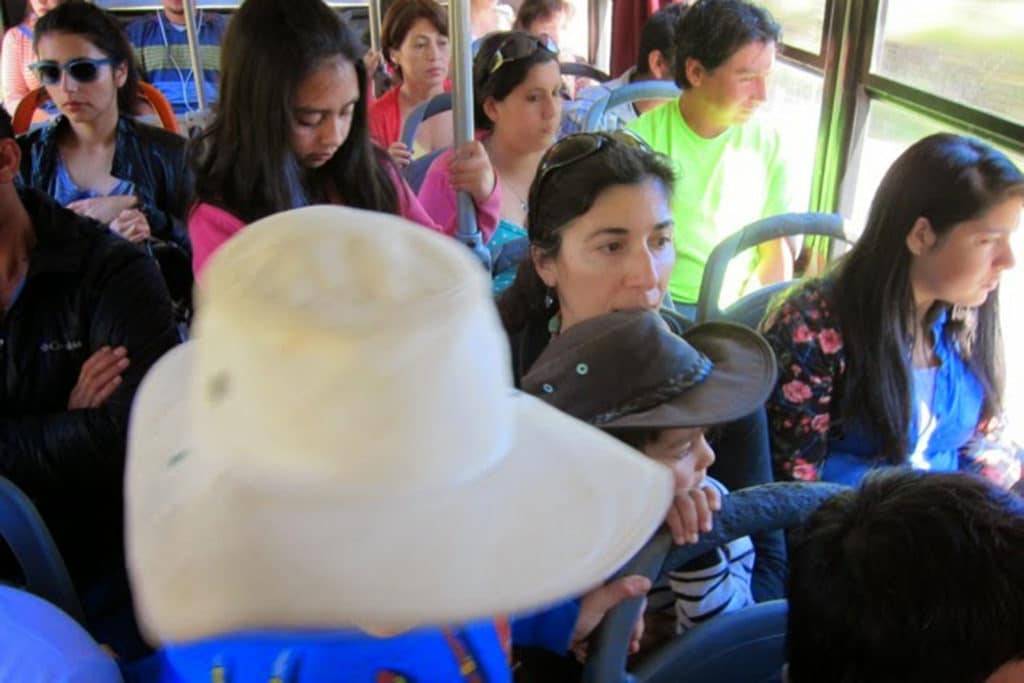Purgatory
So, here we are! Chile! A new country, a new continent (Alisa is the only one of us who has ever been to South America before). There’s so much to experience and learn about this place and these people and this culture. You’d think we’d be in travelers’ ecstasy.
Well, no. There’s this thing about traveling on a boat, especially when you travel to more or less remote places like the Tuamotus/Australs (last season) or Patagonia (this coming season). All of the incredible independence that the boat gives us (think of it – spending months in palm-fringed atolls or icy fjords, while you’re also sleeping in your own bed every night – are you getting the picture?) comes at a cost. And that cost, of course, is the very severe toll in time, effort and money that you have to expend to keep the boat in shape so that it can give you that independence.
We’ve just crossed the Pacific, and put 9,000 miles on the boat, with all the wear and deferred maintenance that entails. And we’re planning to go winter in Tierra del Fuego, where there will be little opportunity for getting parts and little weather suitable for activities like painting. So now is our chance to get the work done. Alisa and I are putting our heads down, largely ignoring the delights of Valdivia and the region, and taking care of business. Our cultural interactions have been structured around visits to the hardware store or forays to buy winter clothes for the kids.
But, we’ve been through this routine often enough not to be too fazed by it. And, we recognize that we can’t let this spell of boat work get out of hand. The boat serves us, after all, we don’t serve the boat, and it’s only too easy to find yourself chained to the dock, working away at an endless list of jobs, instead of being out there, drinking from the fire hose of experience that is sailing the world in your own boat.
So, we figure that since we spent 24 days on passage, 24 days in port working on the boat should be enough. We didn’t count Christmas Eve or Christmas against that total, so that takes us until January 19th. I’ve highlighted that date on the “babes of Tahiti” calendar that I got for Christmas (thanks, honey!), and I am hereby publicly pledging that on that date, weather permitting, we will set sail for the blue whales of Chiloé Island and the delights beyond.
We’ll see how it goes.
El Rodeo
A few days later…
So, I made noise about how we were forcing ourselves to postpone our experience of Chile so that we could take care of all things boat and get ready for months of independence in los canales.
But you just can’t keep a good travel experience down.
Alisa, I should tell you, lost a filling around day 10 of our passage here. So a visit to the dentist was high on the list when we arrived in Valdivia. And at the dentist’s office she met a very nice couple who braved the language barrier to chat her up. They ended up giving Alisa and Elias a ride home, and she brought them aboard for a quick visit, and bang, they invited us to their house for an asado.
Well. Their son-in-law dropped by a few days later to confirm the plans. Then he let drop that his father-in-law, Jaime Elias (that’s him in the picture with our Elias and Alisa) was riding in el rodeo, and would we like to come watch?
So we were plucked out of a regular day on the boat to the scene that you see here. The “cowboys” are huasos. Their ponchos are mantas, their hats chupallas. The action is very different from the North American rodeo. Pairs of huasos herd a steer around a small area in the arena – the medialuna – and then around the larger arena, where they pin the steers against the fence with their horses, earning points for the decisiveness of the feat as well as for the point of the steer’s body that is pinned.
I’m very cognizant of the fact that whatever I post about Chile is about 1000 times more likely to be read by Chileans than, say, anything that I wrote about French Polynesia was likely to be read by a Polynesian. So I will beg the indulgence of any Chilean readers for the mistakes of fact and interpretation that I am bound to make.
That said, I was mesmerized from first moment. The whole scene was so overtly Chilean, and also, to my eyes, such a display of a Hispanic ideal of masculine beauty. In the picture you’ll notice Jaime’s clothes for riding in el rodeo – that looks to me like a tailored suit beneath his manta. Los huasos were so restrained in the saddle – for all the incredible speed and violent exertion of the minutes that they are engaged in el rodeo, the only expressions of emotion that you see are of men crossing themselves before their steer is released.
After the competition was over, though, their was great affection and respect among the finalists – warm hugs and handshakes between men on horseback. And then, the crowning moment – the first, second and third place pairs of huasos take turns dancing the cueca with two chinas – the queen (and runner up) of el rodeo.
There can be no rodeo without a queen. And, American readers, I defy you to imagine the winner of an American rodeo dancing while the crowd looks on admiringly.
Finally, I’ll note that several Chileans to whom I’ve recounted our experience have been quick to say that they don’t care for rodeo. Their concerns center on humane considerations. But I also suspect that, without being overtly political, the rodeo is a good predictor of someone’s politics. If you like it, I’m guessing that you are likely to be right of center, and if you don’t, I suspect you are on the left.
It strikes me that it’s just like high school football in the U.S. – I can predict your politics pretty well if I know if the risk of brain injury would be enough for you to keep your kid from playing…
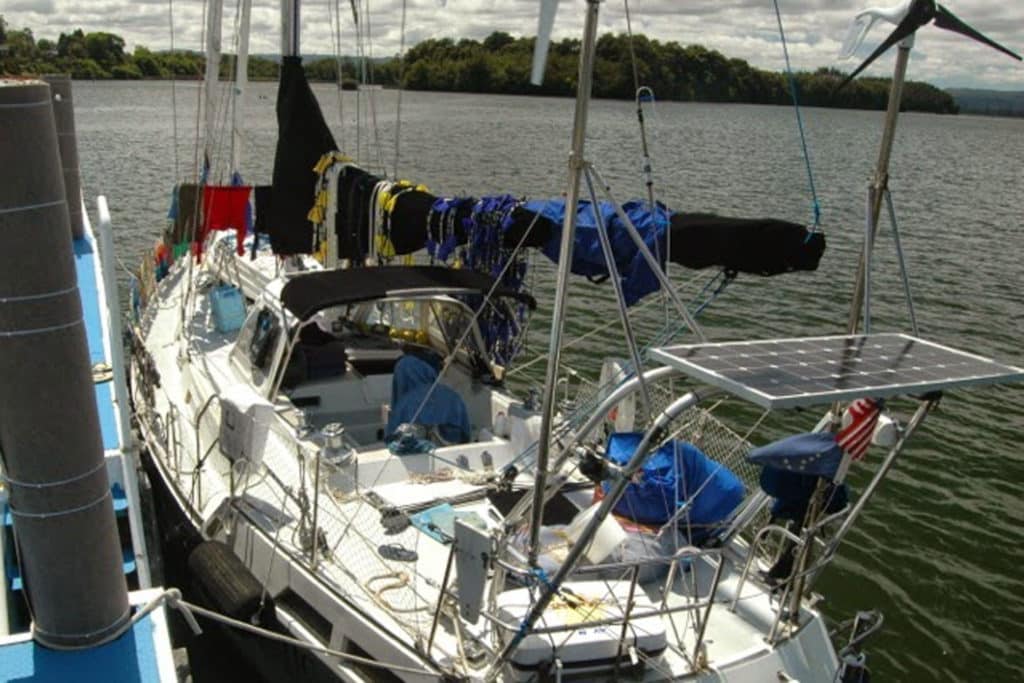
Sailboat Galactic in Chile
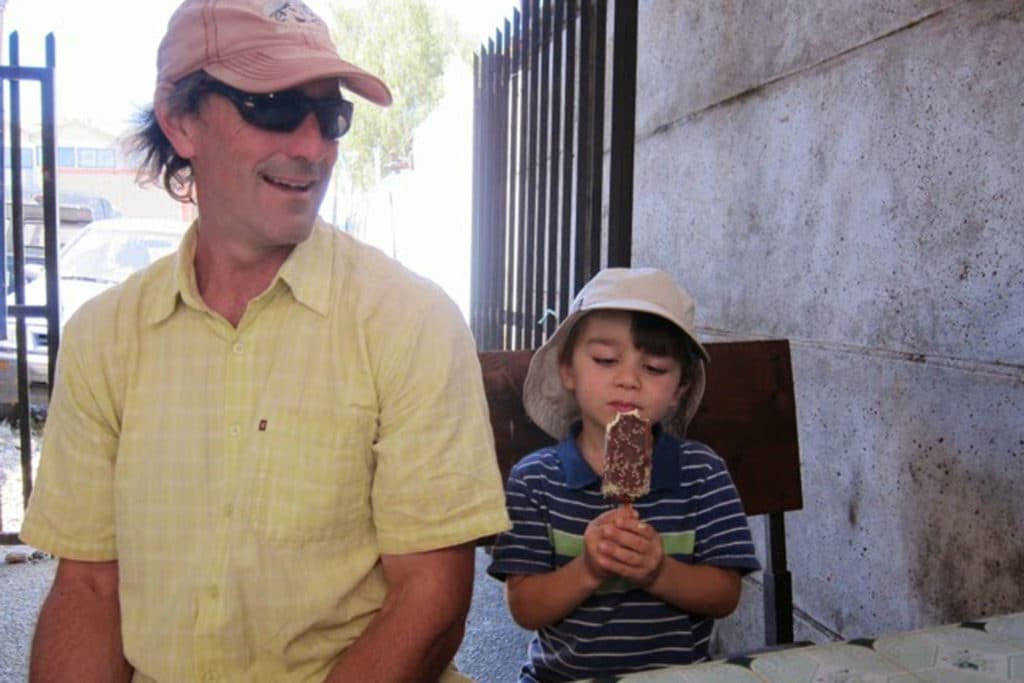
Post-passage ice cream
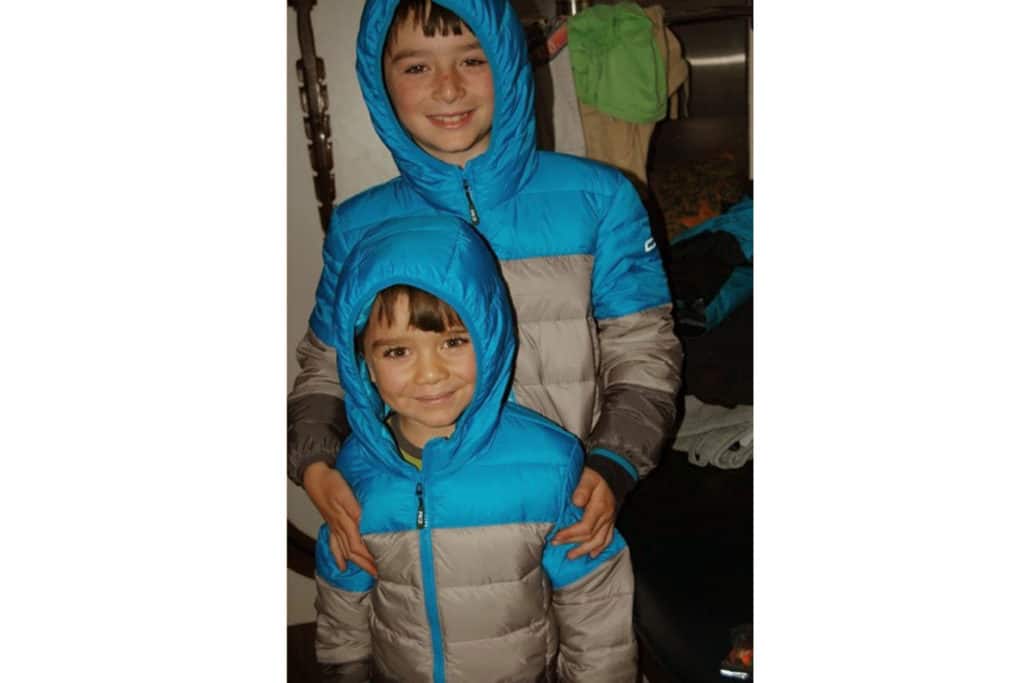
Jackets for Cold Sailing
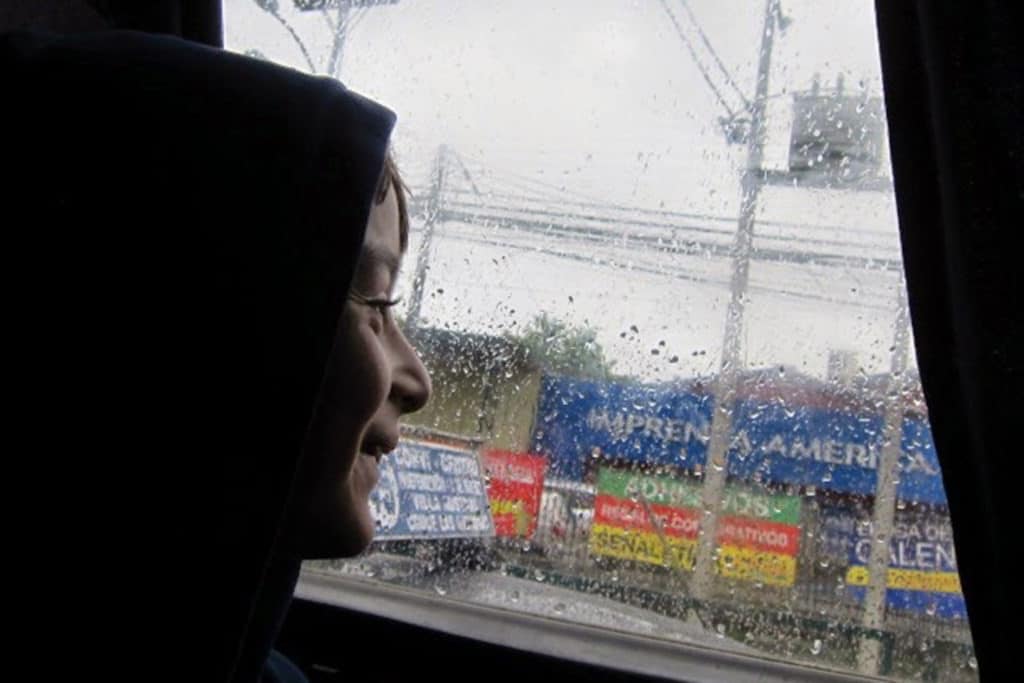
On the bus in Chile
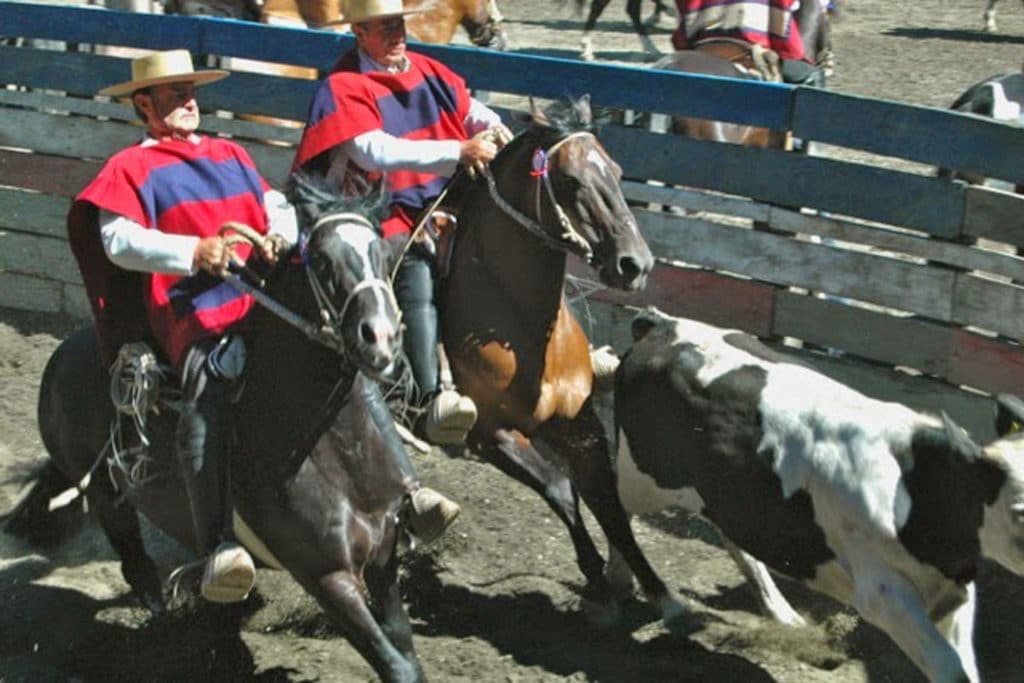
A Trip to Chile’s Rodeo
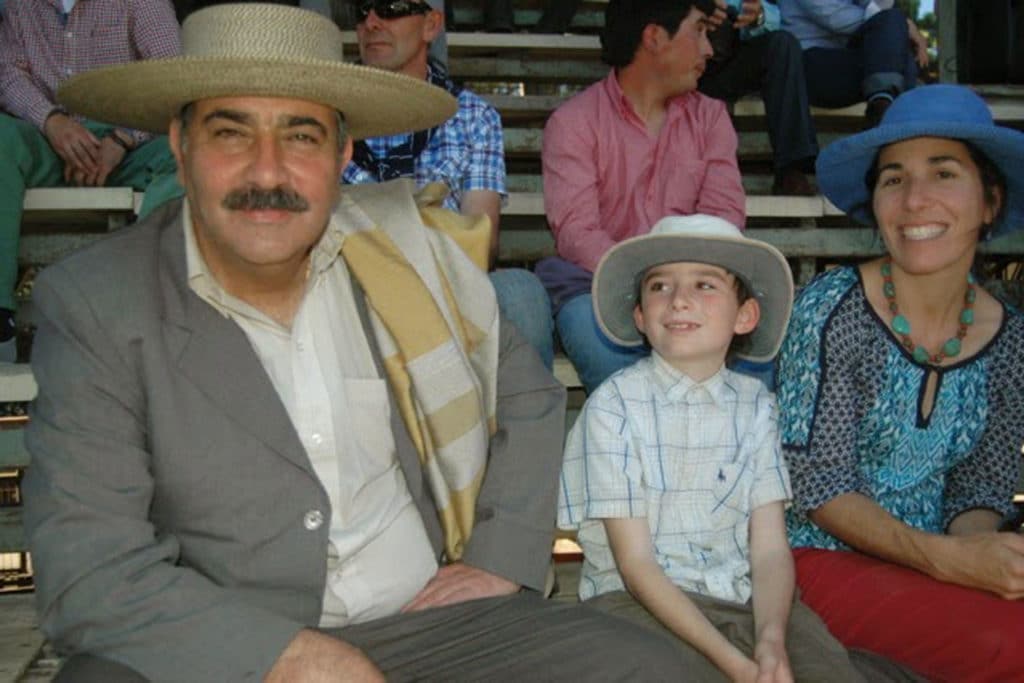
rodeo rider Jaime Elias
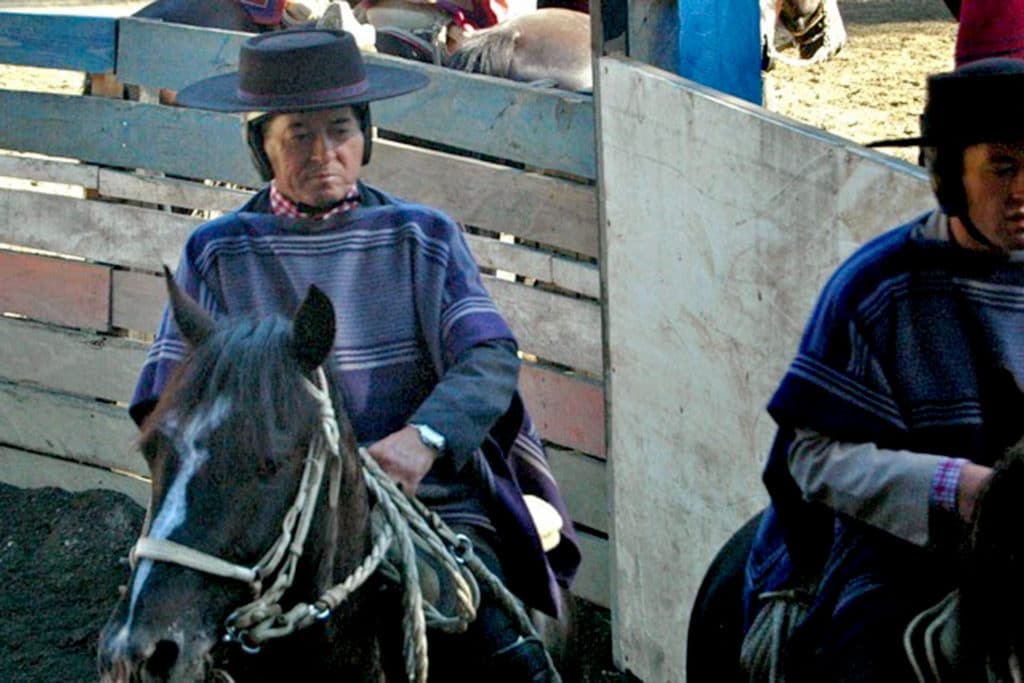
Rodeo Riders in Chile
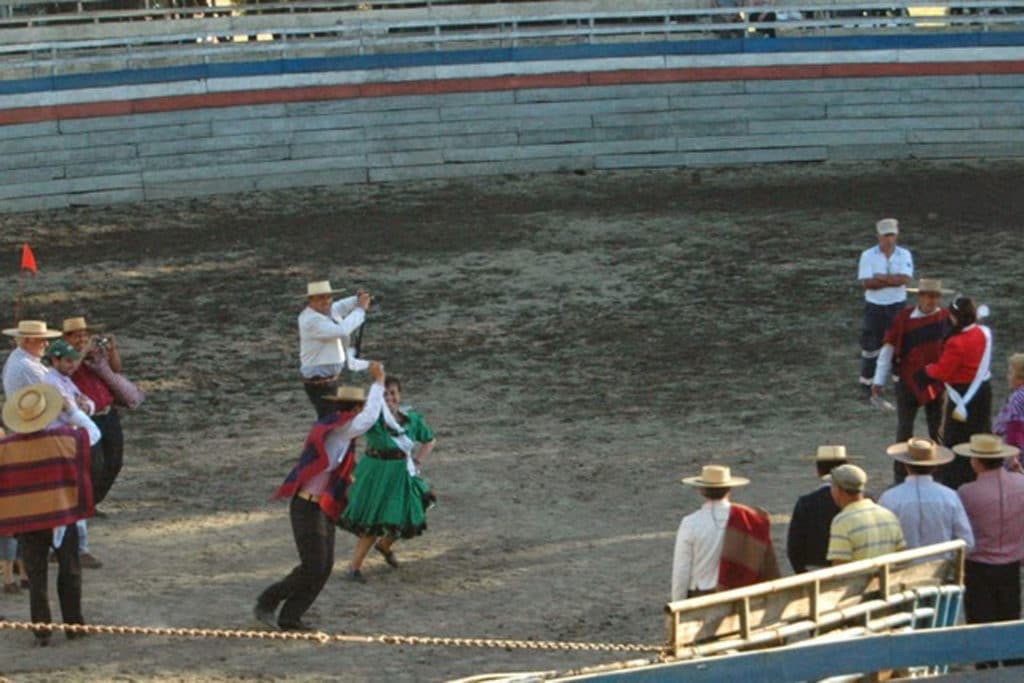
The victors dancing the cueca
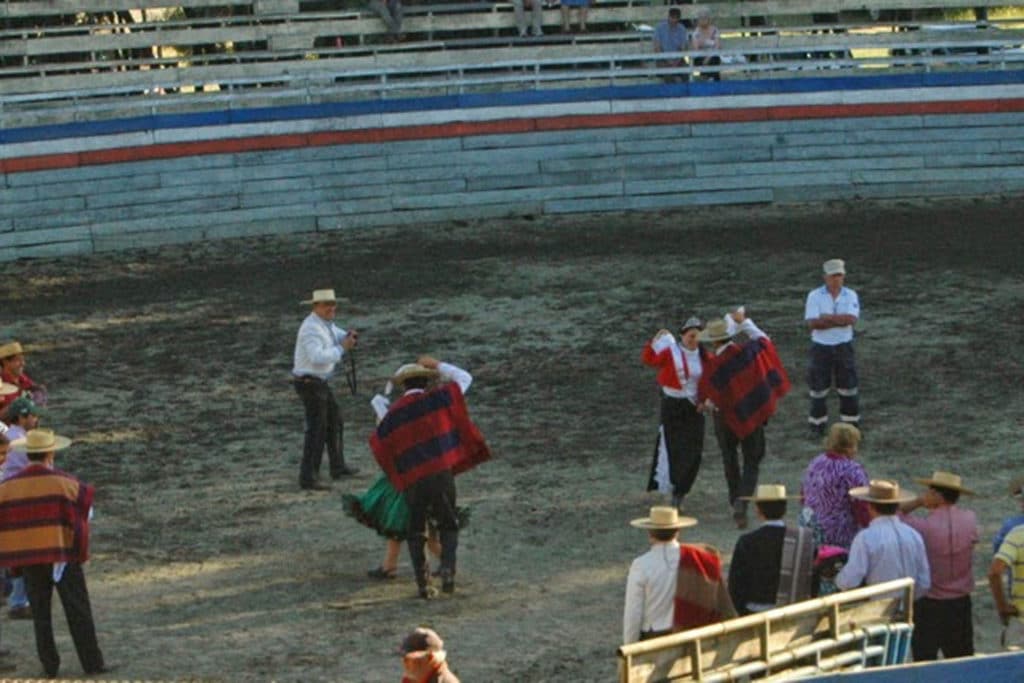
Rodeo Victory Dance
